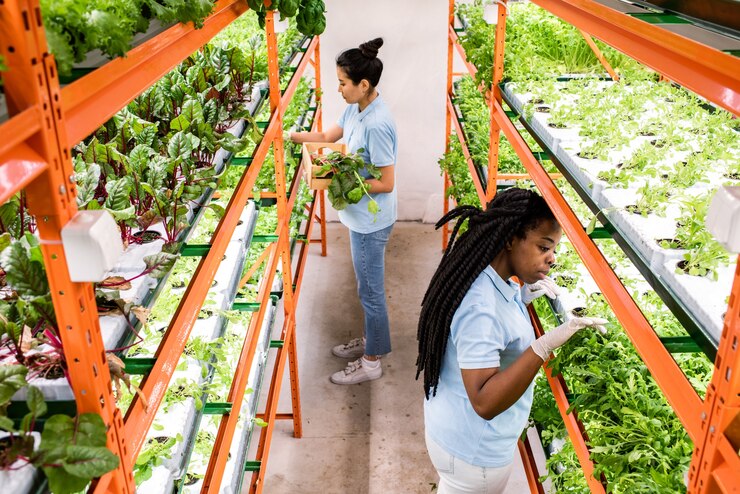Food insecurity remains a pressing challenge in many urban areas worldwide, where millions of people struggle to access affordable, nutritious food. Urban farming has emerged as a powerful tool to tackle this problem by bringing food production closer to consumers, increasing local food availability, and empowering communities. Understanding how urban farming can reduce food insecurity sheds light on why this movement is gaining momentum across cities globally.
At its core, urban farming involves cultivating fruits, vegetables, herbs, and sometimes raising small livestock within city environments—on rooftops, vacant lots, balconies, and community gardens. This proximity shortens the food supply chain, reducing transportation costs and time, which often translate into higher prices and limited access for low-income residents.
One of the key ways urban farming combats food insecurity is by increasing the availability of fresh, healthy produce in neighborhoods that might otherwise be considered “food deserts.” These are areas where supermarkets or fresh food markets are scarce, leaving residents reliant on processed, less nutritious options. Urban farms provide a direct source of fresh fruits and vegetables, improving diet quality and public health.
Beyond simply increasing food supply, urban farming strengthens community resilience. By involving local residents in growing their own food, urban farms promote food sovereignty—giving people control over what they eat and how it is produced. This sense of ownership fosters better nutrition awareness and encourages sustainable eating habits.
Economic empowerment is another important factor. Urban farming creates jobs and income-generating opportunities, particularly for marginalized groups such as women, youth, and unemployed individuals. Selling surplus produce at local markets helps families boost their income while supporting the local economy.
In addition, urban farming can improve social cohesion by creating shared spaces where people connect, share knowledge, and collaborate. Community gardens and urban farms often become hubs for education on nutrition, agriculture, and environmental stewardship, equipping residents with skills to maintain food security long-term.
Environmental benefits also indirectly contribute to food security. Urban farms help reduce the urban heat island effect, improve air quality, and promote biodiversity. Efficient water use methods like rainwater harvesting and composting reduce input costs, making urban farming more sustainable and accessible.
Despite its many advantages, urban farming faces challenges including limited space, soil contamination, water access, and regulatory hurdles. However, supportive policies, investment in infrastructure, and community partnerships can overcome these barriers and scale the impact of urban agriculture.
In conclusion, urban farming offers a multifaceted approach to reducing food insecurity by increasing access to fresh food, empowering communities, generating income, and fostering sustainable urban environments. As more cities embrace urban agriculture, it holds promise as a vital strategy in the global fight against hunger and malnutrition.







